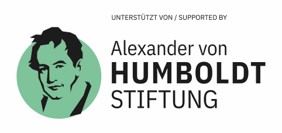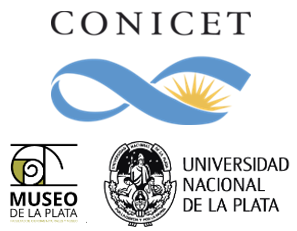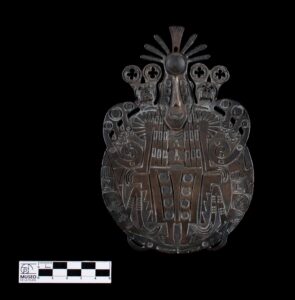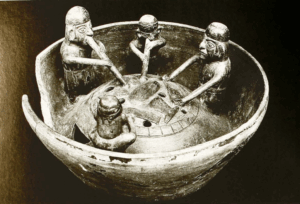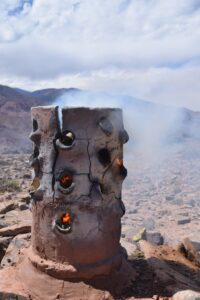Andean Archaeology and pre-Columbian mining and metallurgy
Planned activities for the visit of the Humboldt Fellow, María Florencia Becerra (CONICET), in January 2026
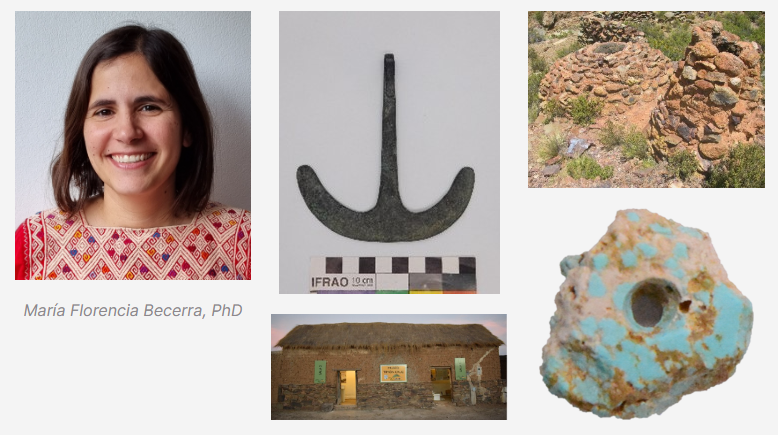
María Florencia Becerra, a researcher at the National Scientific and Technical Research Council (CONICET), Argentina, will visit Bochum in January 2026 as part of a Humboldt Linkage Project, offering two lectures and one workshop on Andean Archaeology and pre-Columbian mining and metallurgy.
For more details, see below or download the pamphlet (PDF).
Lectures
Hörsaal, Haus der Archäologien
Am Bergbaumuseum 31, 44791 Bochum
13.01.2026 – 4 pm c.t.
Green and blue minerals and rocks played significant roles in multiple dimensions of pre-Columbian Andean societies. Their extraction and circulation shaped human–environment interactions in the region since ancient times. Among these minerals, copper held a particularly important place due to its role in metallurgical and mining traditions. Yet, despite its significance, many aspects of its use remain poorly understood—especially which minerals were selected and worked for lapidary purposes.
This presentation synthesizes research carried out to date in the Southern Andes, focusing on several case studies from different sites and contexts in pre-Columbian Northwestern Argentina, particularly during the Late and Inka Periods (10th–16th centuries). Part of this research has been developed in collaboration with the Archaeometallurgy and Materials Science departments of the Deutsches Bergbau-Museum Bochum.
20.01.2026 – 4pm c.t.
Since 2004, GAEPuNo (Archaeology and Ethnohistory Group of the Northern Puna) has been conducting research in the northern highlands of extreme Northwestern Argentina, in Jujuy Province. One of the main lines of research concerns mining and metallurgy during pre-Columbian and Colonial times. This presentation will highlight part of the results of this research, with special emphasis on the most recent outcomes of our investigations.
In addition, it will particularly showcase the collaborative projects developed with local Indigenous communities for the preservation and exhibition of mining heritage in the area. This work is especially relevant in a region where mining heritage is celebrated, yet contemporary mining projects remain highly contested due to their social, economic, and environmental impacts. The debate involves multiple stakeholders—including the state, mining companies, and local communities—who negotiate the meanings and consequences of both past and present extractive activities. The presentation will also address the challenges of collaborative work, as well as the contributions that can be made to tourism promotion, heritage conservation, and community claims, underscoring how collaborative archaeology can contribute to strengthening Indigenous rights and sustainable forms of heritage management.
Workshop
Seminar room 1, Haus der Archäologien
Am Bergbaumuseum 31, 44791 Bochum
28.01.2026 – 10am-4pm
Session 1 (morning):
- Earliest evidence of the use of metals.
- Chronology and regions.
- Case study: Northwestern Argentina.
- Local innovation and development.
- Metals and alloys employed.
- Technologies for mining, metallurgy and metalworking during pre-Columbian times and Colonial period.
Session 2 (afternoon):
- Social complexity and metals.
- Labour organization.
- Ore provenance and circulation.
- New lines of research.
- The case of the Inca State.
- Different strategies and policies.
- Local communities’ responses.
Limited places: 25 participants
registration: sabine.klein@bergbaumuseum.de
Short biography
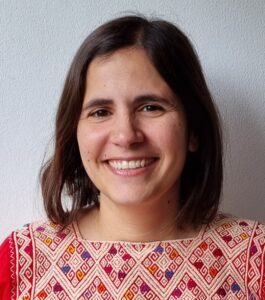
Ph.D. in Archaeology from the University of Buenos Aires, she is a researcher at CONICET (National Council for Scientific and Technical Research of Argentina) in the Museum of La Plata, National University of La Plata.
She is an assistant professor in the Anthropology program at the University of Buenos Aires and in the Archaeometry specialization program at the National University of La Plata.
Her research focuses on pre-Columbian and colonial mining and metallurgy in the Southern Andes. She is currently studying the use, circulation, and provenance of copper in Northwestern Argentina.
